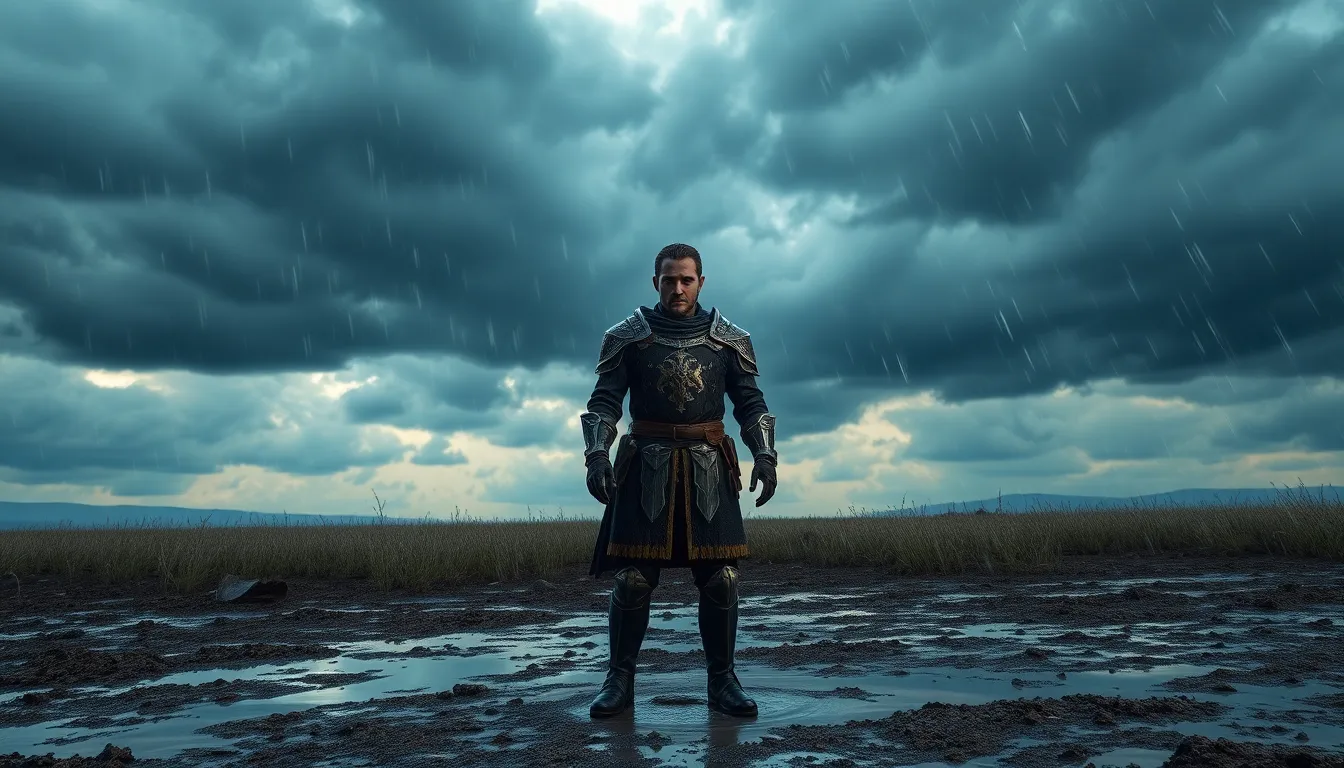Table of Contents
ToggleImagine wandering through the vast landscapes of a game where the weather feels as real as that surprise rainstorm during your weekend hike. Oblivion weather realism takes players on a journey beyond the ordinary, transforming pixelated skies into dynamic environments that can make even the sunniest adventurer reconsider their choice of armor.
Overview of Oblivion Weather Realism
Oblivion’s weather realism introduces a multifaceted atmospheric experience that enhances immersion. Dynamic weather patterns directly influence player interactions, altering visibility, terrain traction, and combat dynamics. Players face challenges like sudden rainstorms that make surfaces slippery or fog that reduces sight distances.
In-game weather features a variety of elements, including rain, snow, thunderstorms, and clear skies. Each element plays a distinct role in shaping the environment, affecting crafted strategies. For instance, snow can slow movement, while thunderstorms might disrupt spells or affect NPC behavior.
Realism extends beyond visuals; auditory elements enhance the experience. Sounds, such as rain tapping on leaves or thunder rumbling, contribute to a more engaging atmosphere. Players remain aware of these sounds, adjusting actions according to weather conditions.
Seasons also affect the game’s weather system. With changes in seasons, players can expect variations in rain frequency, snow accumulation, and temperature. This seasonal variability leads to a unique experience each playthrough, requiring players to adapt their gameplay tactics effectively.
Dynamic lighting complements the weather changes in Oblivion. Sunlight piercing through clouds can momentarily reveal hidden paths or enemies, while shadows create opportunities for stealth. Overall, weather realism in Oblivion significantly enhances gameplay, requiring players to remain alert and adaptable, creating a vivid and engaging world.
Features of Oblivion Weather Realism

Oblivion’s weather realism includes features that greatly enhance the gaming environment. Players experience the impact of various weather conditions on their strategies while navigating the game.
Dynamic Weather Systems
Dynamic weather systems in Oblivion create an ever-changing backdrop for players. Rainstorms, snowfalls, and sunny skies alternate frequently, offering unique challenges. Each weather condition influences visibility levels significantly. Rain reduces traction on surfaces, while mud may impede movement. When snow blankets the ground, players face slower speeds and altered terrain navigation. Thunderstorms may disrupt spellcasting and affect NPC reactions. These changing weather elements demand constant adaptation from players.
Visual Effects and Immersion
Visual effects in Oblivion contribute to a heightened sense of realism. Raindrops splatter on surfaces, while snowflakes drift from the sky, enhancing the overall aesthetic. Changes in lighting during storms or clear days augment the game’s atmosphere. Fog obscures visibility, creating an environment rich in suspense. Players often navigate with caution in poor conditions, adjusting their tactics based on the scenery. The combination of these effects immerses gamers in a vibrant world full of dynamic weather events.
Impact on Gameplay Experience
Oblivion’s weather realism profoundly influences gameplay, enhancing immersion and player interaction through dynamic atmospheric changes.
Enhancing Atmosphere
Weather patterns like rain, snow, and fog contribute to a rich atmosphere, creating a living world. Each element brings distinct visual and auditory experiences. Rain adds vibrant sounds of droplets, while snow creates a serene, quiet landscape. Fog obscures vision, instilling suspense as players navigate through uncertainty. The combination of these effects allows for a stronger emotional connection with the environment. Seasonal shifts further enrich this experience, changing visuals and sounds. Increased rain frequency or snow accumulation alters landscapes and player behaviors, making each playthrough unique.
Player Engagement
Dynamic weather impacts player decision-making and strategy. Rain might force players to reconsider their movement choices, while snow may slow their pace. Players often find themselves adapting to unexpected conditions, which challenges their preparedness. Weather also influences NPC behavior, adding depth to interactions and quests. Thunderstorms can interrupt spellcasting, prompting strategic adjustments in combat. Engaging with these environmental changes fosters a more immersive experience, compelling players to remain vigilant. Players continuously adapt, ensuring that no two adventures feel the same within this evolving world.
Comparison with Other Weather Mods
Weather realism in Oblivion sets itself apart from other mods through its intricate and dynamic systems. Players experience a constant shift in conditions, such as rain, snow, and clear skies, each delivering distinct gameplay impacts. Effects vary from altering visibility to influencing terrain traction, making every adventure feel unique.
Unique Aspects of Oblivion Weather Realism
Oblivion’s weather realism excels in its immersive audio and visual components. Raindrops create a distinct sound that enhances tension, while snowfall adds layers to the landscape. Seasonal transitions play a crucial role, affecting not only visual aesthetics but also gameplay dynamics. Players must adapt tactics based on snowfall accumulation, temperature fluctuations, and visibility changes caused by fog. These features foster a deeper connection to the game world, significantly enhancing the experience.
Popular Alternatives
Several weather mods offer alternatives to Oblivion’s system. For instance, “AWS” (Advanced Weather System) emphasizes extreme thermal dynamics, presenting challenges like heatwaves and blizzards. Another alternative, “Realistic Weather,” focuses on enhanced environmental interactions, offering intricate effects like wind that influences projectile paths. Each of these mods provides varied experiences, but none replicate the comprehensive integration seen in Oblivion’s dynamic weather, where atmospheric effects remain seamlessly intertwined with gameplay mechanics.
Oblivion’s weather realism sets it apart in the realm of gaming by creating a richly immersive experience. The dynamic weather patterns not only enhance the visual appeal but also significantly impact gameplay. Players must stay alert and adapt their strategies to navigate the challenges posed by changing conditions.
From rainstorms to snowfalls each weather element adds depth to interactions and quests. The incorporation of seasonal changes further enriches the atmosphere making every playthrough unique. Oblivion’s approach to weather realism combines audio and visual elements that engage players on multiple levels. This intricate system ensures that no two adventures feel the same and solidifies Oblivion’s place as a leader in atmospheric gaming experiences.







